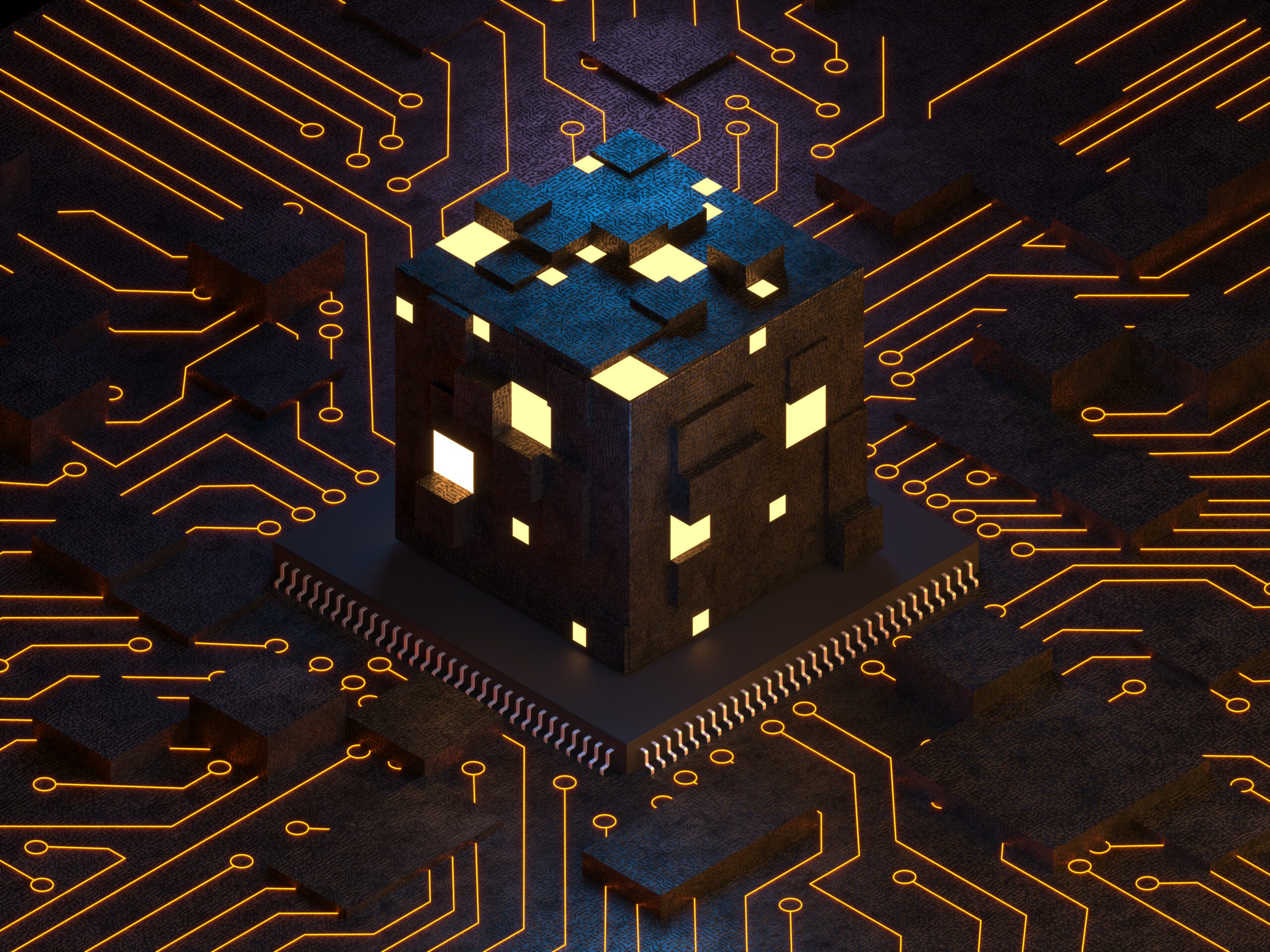Blockchain technology, renowned for its decentralized and secure nature, has captured the world’s imagination with its potential to transform various industries. At its core, a blockchain operates as a distributed ledger, enabling peer-to-peer transactions without the need for a central authority. However, the question arises: Who controls blockchain? As a decentralized system, blockchain governance differs significantly from traditional centralized systems. In this article, we will explore the concept of blockchain governance, its various models, and the challenges it poses.

The Essence of Decentralization
To understand who controls blockchain, it is essential to grasp the fundamental concept of decentralization. Unlike traditional databases or centralized systems where control lies in the hands of a single entity or authority, blockchain operates as a network of nodes. Each participant in the network holds a copy of the entire blockchain and collaboratively validates transactions through a consensus mechanism.
Decentralization is the cornerstone of blockchain technology, as it eliminates single points of failure, reduces the risk of censorship, and fosters transparency and trust among participants. It enables a peer-to-peer network, where all participants have equal access to information and can independently verify and validate transactions.
Consensus Mechanisms and Governance
Blockchain governance relies on consensus mechanisms that determine how decisions are made in the network. Consensus mechanisms ensure that all nodes in the blockchain agree on the validity of transactions before they are added to the ledger. Different blockchain networks employ various consensus mechanisms, and each has its advantages and challenges. Some of the most common consensus mechanisms include:
-
Proof of Work (PoW): In PoW, miners compete to solve complex mathematical puzzles to validate transactions and add them to the blockchain. The first miner to solve the puzzle gets the right to add the block and receives a reward. PoW is energy-intensive but has been successfully used in the famous Bitcoin blockchain.
-
Proof of Stake (PoS): PoS replaces the competitive mining process with a deterministic selection of validators who create new blocks based on the number of coins they “stake” as collateral. PoS is more energy-efficient than PoW and is used in blockchain networks like Ethereum 2.0.
-
Delegated Proof of Stake (DPoS): DPoS introduces a group of elected delegates who validate transactions and produce new blocks. These delegates are chosen by coin holders through voting. DPoS is employed in networks like EOS and Steem.
-
Proof of Authority (PoA): PoA relies on a predefined group of trusted nodes or authorities responsible for validating transactions and maintaining the blockchain. It is commonly used in private and consortium blockchains.
Who Controls the Decision-Making?
In a blockchain, governance decisions can be broadly classified into two categories: on-chain governance and off-chain governance.
-
On-Chain Governance: On-chain governance involves making decisions directly on the blockchain through the consensus mechanism and smart contracts. In some blockchain networks, the consensus mechanism includes a governance protocol that allows participants to vote on proposed changes or upgrades to the network. This way, the majority’s decision determines the course of action, and changes are implemented automatically.
-
Off-Chain Governance: Off-chain governance, on the other hand, refers to decision-making processes that occur outside the blockchain network. Discussions and debates among participants lead to informal agreements or social consensus. Once a proposal gains sufficient support off-chain, it may be implemented through an upgrade or fork in the blockchain.
Challenges of Blockchain Governance
Blockchain governance comes with its share of challenges, primarily stemming from the decentralized nature of the technology.
-
Coordination and Decision-Making: Decentralized decision-making can be slow and complex, as achieving consensus among a large number of participants may take time. Disagreements on network upgrades or protocol changes can lead to forks, resulting in multiple versions of the blockchain.
-
Governance Attacks: Decentralization makes blockchain networks resilient against attacks, but governance attacks can undermine the stability and trust in the system. These attacks involve manipulating the governance process to make harmful changes to the network.
-
Participation and Voting: Achieving meaningful participation in governance decisions can be a challenge, as some stakeholders may hold significant voting power due to their large stake in the network. This concentration of power can lead to centralization risks.
-
Legal and Regulatory Compliance: Blockchain governance faces legal and regulatory challenges, as decentralized systems may not fit neatly into existing legal frameworks. Issues related to identity, data privacy, and dispute resolution require careful consideration.
Prominent Examples of Blockchain Governance
-
Bitcoin: The governance of the Bitcoin network is primarily through off-chain discussions among developers, miners, and other stakeholders. Proposals for protocol changes are debated on forums, mailing lists, and developer meetings. Achieving consensus on proposed upgrades can be challenging, leading to forks such as the Bitcoin Cash and Bitcoin SV forks.
-
Ethereum: Ethereum employs a combination of on-chain and off-chain governance. Vitalik Buterin, the co-founder of Ethereum, initially played a significant role in decision-making. However, over time, Ethereum has moved toward a more decentralized governance model through on-chain proposals and community voting.
-
Tezos: Tezos is a blockchain platform that utilizes on-chain governance through a self-amending mechanism. Token holders can vote on upgrades and protocol changes, enabling the network to evolve without the need for contentious hard forks.
Conclusion
Blockchain governance is a complex and evolving process driven by the technology’s decentralized nature. The absence of a central authority and reliance on consensus mechanisms and community participation redefine how decisions are made in blockchain networks. While blockchain governance presents challenges, it also provides an opportunity for more democratic and transparent decision-making.
The future of blockchain governance lies in striking a balance between participation, decentralization, and efficiency. As blockchain technology continues to mature, finding effective governance models will be crucial to unleashing its full potential and achieving widespread adoption across industries and sectors.